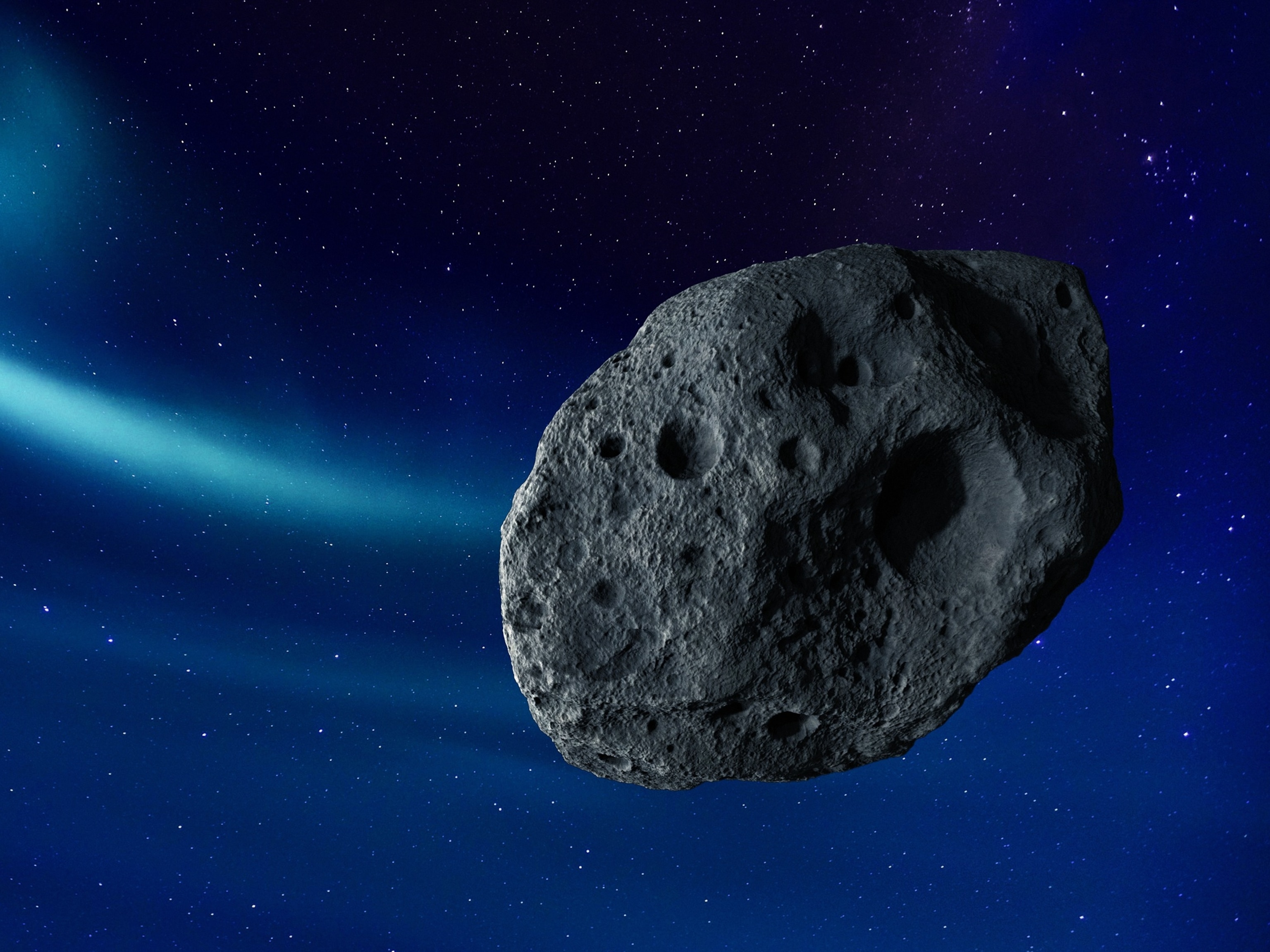
BREAKING NEWS 🚨NASA confirms that in 2025, Earth will begin to…See more

NASA says a plane-sized asteroid will pass Earth next week. Here’s what to know.
Experts explain why it’s “routine” and highlights another encounter in 2029.
A plane-sized asteroid scheduled to pass Earth next week is making headlines, but NASA experts want the public to understand why this encounter is more routine than remarkable.
The asteroid is named 2025 OW and measures approximately 210 feet in length, according to NASA. It is set to pass Earth on July 28 at a distance of approximately 393,000 miles — about 1.6 times the average distance to the Moon, according to the space agency.
While it’s traveling at an impressive speed of 46,908 miles per hour, NASA scientists emphasize this is normal and nothing to lose sleep over.
“This is very routine,” Ian J. O’Neill, media relations specialist at NASA’s Jet Propulsion Laboratory (JPL), told ABC News. “If there was a threat, you would hear from us. We would always put out alerts on our planetary defense blog.”

Davide Farnocchia, an asteroid expert at NASA’s Center for Near-Earth Object Studies (CNEOS), explains that space rocks passing by Earth are just business as usual in our solar system.
“Close approaches happen all the time — it’s just part of the fabric of the solar system,” Farnocchia told ABC News.
His team usually tracks several asteroids passing Earth each week — as of Tuesday, they’re watching five for next week alone. While 2025 OW is large enough to be of interest to NASA scientists, its well-understood orbit means it poses no danger.
“We know exactly where it’s going to be. We’ll probably know where it’s going to be for the next 100 years,” O’Neill said.
For space enthusiasts hoping to catch a glimpse of 2025 OW, Farnocchia indicates it won’t be visible with binoculars. However, he points to a more exciting upcoming event: the 2029 approach of asteroid Apophis.
“Apophis will come within 38,000 kilometers of Earth in April 2029 — closer than our geostationary satellites,” Farnocchia said.
Approximately 1,115 feet in length, and due to its exceptionally close approach, Apophis will be visible to the naked eye, offering a rare opportunity for public observation of an asteroid.
Both Farnocchia and O’Neill emphasize that while Earth is struck by roughly 100 tons of space material daily, most of this is harmless dust. Larger, potentially hazardous impacts are extremely rare.
“For an object the size of 2025 OW, while close approaches might happen yearly, an actual Earth impact would only occur roughly every 10,000 years,” Farnocchia notes.
NASA continues to monitor near-Earth objects through its planetary defense programs, maintaining public transparency about any potential risks while emphasizing that most asteroid headlines are more sensational than concerning.



